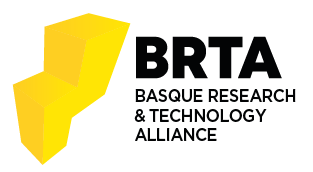Park Marking Detection and Tracking Based on a Vehicle On-Board System of Fisheye Cameras
Egileak: Joan Sintes Cristina Pérez Pablo Alonso Pérez Guillem Delgado Gonzalo Aleksandar Jevtic
Data: 25.02.2024
Abstract
Automatic parking assistance systems based on vehicle perception are becoming increasingly helpful both for driver’s experience and road safety. In this paper, we propose a complete and embedded compatible parking assistance system able to detect, classify, and track parking spaces around the vehicle based on a 360∘ surround view camera system. Unlike the majority of the state-of-the-art studies, the approach outlined in this work is able to detect most types of parking slots without any prior parking slot information. Additionally, the method does not rely on bird-eye view images, since it works directly on fisheye images increasing coverage area around the vehicle while eliminating computational complexity. The authors propose a system to detect and classify, in real time, the parking slots on the fisheye images based on deep learning models. Moreover, the 2D camera detections are projected in a 3D space in which a Kalman Filter-based tracking is used to provide a unique identifier for each parking slot. Experiments done with a configuration of four cameras around the vehicle show that the presented method obtains qualitative and quantitative satisfactory results in different real live parking scenarios while maintaining real-time performance.
BIB_text
title = {Park Marking Detection and Tracking Based on a Vehicle On-Board System of Fisheye Cameras},
pages = {31-46},
keywds = {
Advanced Driver-assistance systems; Park marking detection; Vehicle perception
}
abstract = {
Automatic parking assistance systems based on vehicle perception are becoming increasingly helpful both for driver’s experience and road safety. In this paper, we propose a complete and embedded compatible parking assistance system able to detect, classify, and track parking spaces around the vehicle based on a 360∘ surround view camera system. Unlike the majority of the state-of-the-art studies, the approach outlined in this work is able to detect most types of parking slots without any prior parking slot information. Additionally, the method does not rely on bird-eye view images, since it works directly on fisheye images increasing coverage area around the vehicle while eliminating computational complexity. The authors propose a system to detect and classify, in real time, the parking slots on the fisheye images based on deep learning models. Moreover, the 2D camera detections are projected in a 3D space in which a Kalman Filter-based tracking is used to provide a unique identifier for each parking slot. Experiments done with a configuration of four cameras around the vehicle show that the presented method obtains qualitative and quantitative satisfactory results in different real live parking scenarios while maintaining real-time performance.
}
isbn = {978-303159056-6},
date = {2024-02-25},
}







